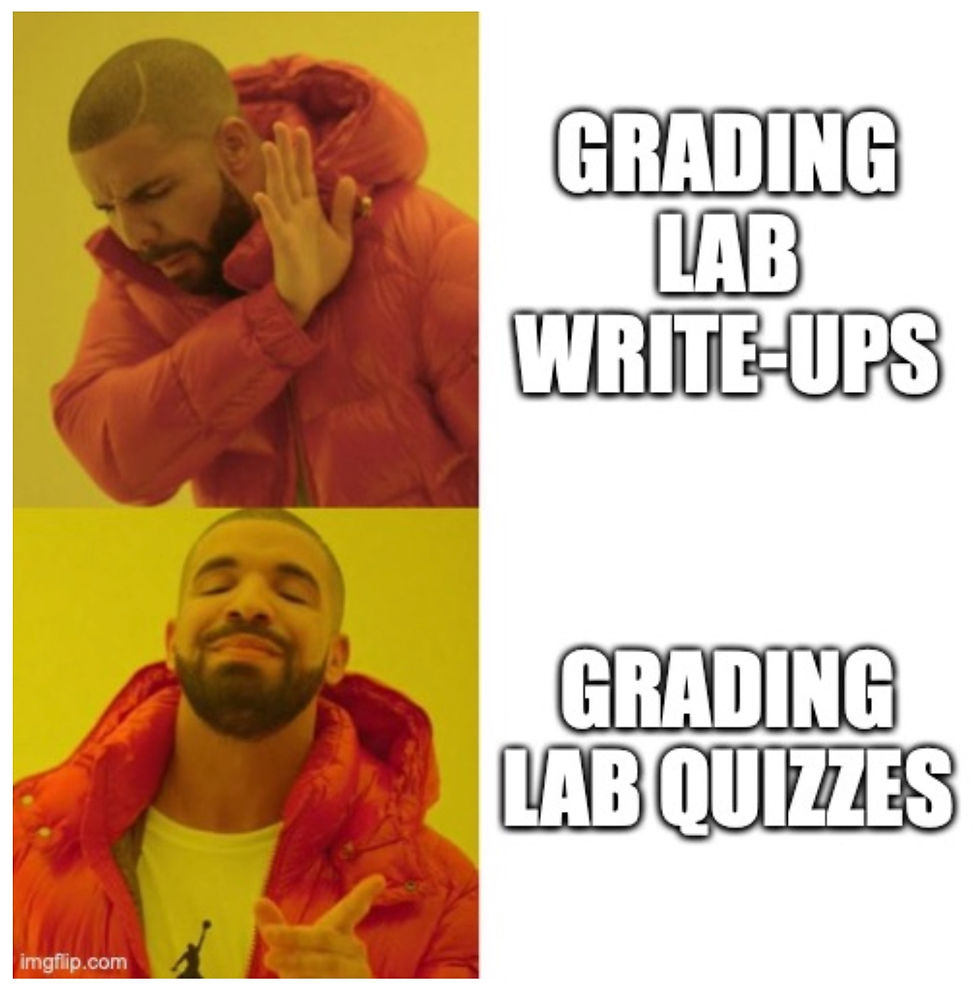Particle in a Box for APP2
- Maxwell Fazio

- Apr 6, 2019
- 2 min read
Updated: Aug 6, 2019
A cool and important QM problem that is not only worth introducing, but well within the context of this course's curriculum
Why Should We Do This in APP2?
We can study this system using concepts that are explicitly part of the QM curriculum in APP2 along with standing wave harmonics that were part of APP1. Studying a particle in a 1-d box is a concept usually reserved for junior/senior year physics majors and the proper way to do it in quantum mechanics utilizes the Schrodinger equation. However, you can also approach this problem using the deBroglie wavelength and reach the same answer (although it’s a bit ad hoc). The derivation is actually pretty straightforward. When I've done this with students, they get a feeling of doing REAL physics and it's pretty cool to watch.
In my classroom I carefully scaffolded the derivation with the intention of students completing it themselves in small groups. (Contact me if you want to see my scaffolding materials for this--I'm not posting them because I think I used some copyrighted images in it).
The Derivation:
Take an infinite square well of length L. This is a potential energy function that has a value of zero between x=0 and x=L, and a value of infinity everywhere else. Now, imagine a particle in that potential well. We know that it is constrained to remain within the well, because there is no amount of kinetic energy that would give it the ability to jump from the well. The classical analogue of this is a ball bouncing around in an infinitely deep hole. Since it's infinitely deep, no matter how much kinetic energy it has, it must remain within the well and cannot “jump” out.
This means that the probability of measuring the particle outside the edges of the well must be zero and (since the probability distribution is the square of the wave function) the wave function must be zero at the edges.
This gives us our boundary conditions:
𝛹 = 0 for x < 0 and 𝛹 = 0 for x > L
Note that this corresponds to standing wave harmonics on a vibrating string as shown in the diagram below:
Each harmonic corresponds to a different energy level state. To find the different energy level states we combine a few relevant equations. Note that since the potential energy is zero everywhere within the square well the total energy can only be kinetic (there is nowhere in the well it can go that would allow it to gain potential energy). The derivation is shown below.


It's pretty cool that we can do all this using concepts from APP1 and APP2! Now we can also understand how the energy level diagram will look: it scales proportionally to n^2 as shown on the left. It's also interesting to note that a well of greater L has lower energy at each state.
You could even go on to ask students questions about photon absorption and emission for an electron in this box. (Definitely relevant for APP2).
*Note that there is no harmonic for E=0 and the electron can not exist in this state. I think you may need Heisenberg Uncertainty Principle to justify this though--probably worth leaving out if you're planning on doing this with HS students.
I hope you consider bringing this neat physics into your class!

.png)




Comments